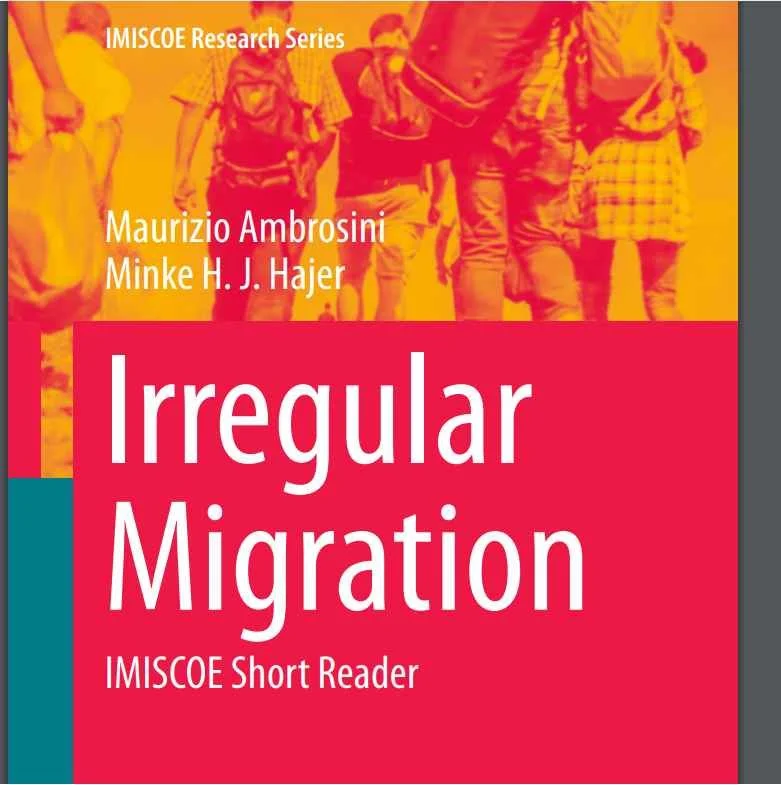Edited by Jeremiah O. Asaka and Alice A. Oluoko-Odingo
This book investigates contemporary human security issues in East Africa, setting forth policy recommendations and a research agenda for future studies. Human security takes a people-centered rather than state-centered approach to security issues, focusing on whether people feel safe, free from fear, want and indignity. This book investigates human security in East Africa, encompassing issues as diverse as migration, housing, climate change, displacement, food security, aflatoxins, land rights, and peace and conflict resolution. In particular, the book showcases innovative original research from African scholars based on the continent and abroad, and together the contributors provide policy recommendations and set forth a human security research agenda for East Africa, which encompasses Kenya, Uganda, Tanzania, Somalia, Rwanda, Burundi, South Sudan, Sudan, Ethiopia, Eritrea, and Djibouti. As well as being useful for policy makers and practitioners, this book will interest researchers across African Studies, Security Studies, Environmental Studies, Political Science, Global Governance, International Relations, and Human Geography.
London; New York: Routledge, 2022. 255p.






















